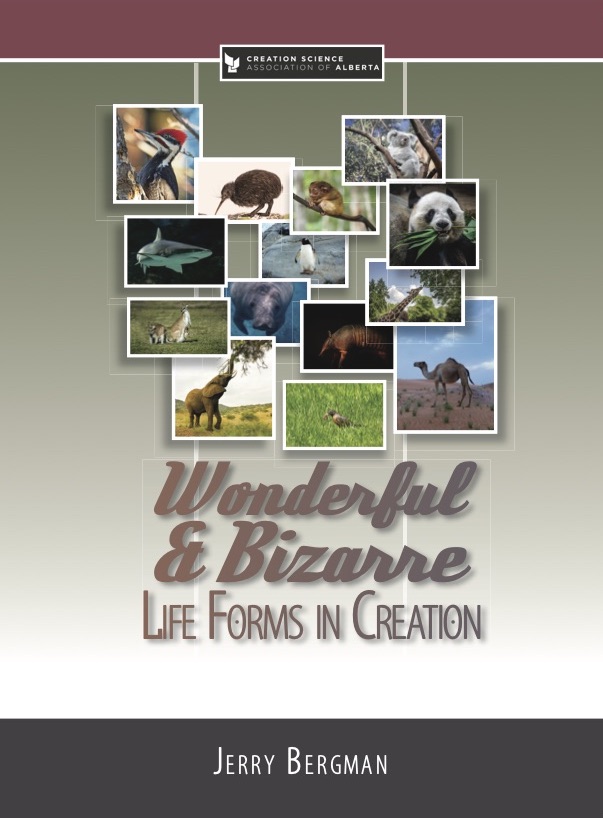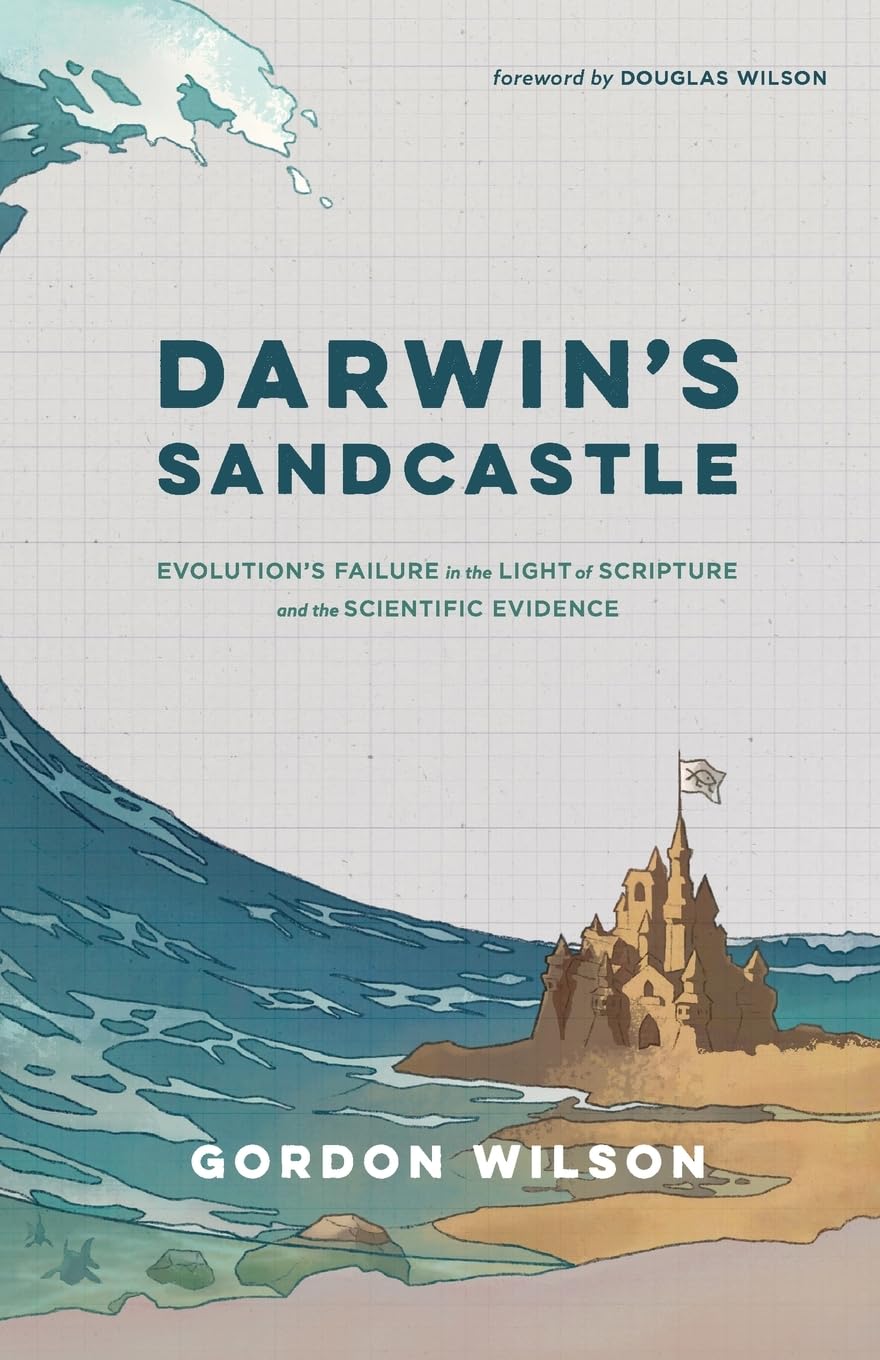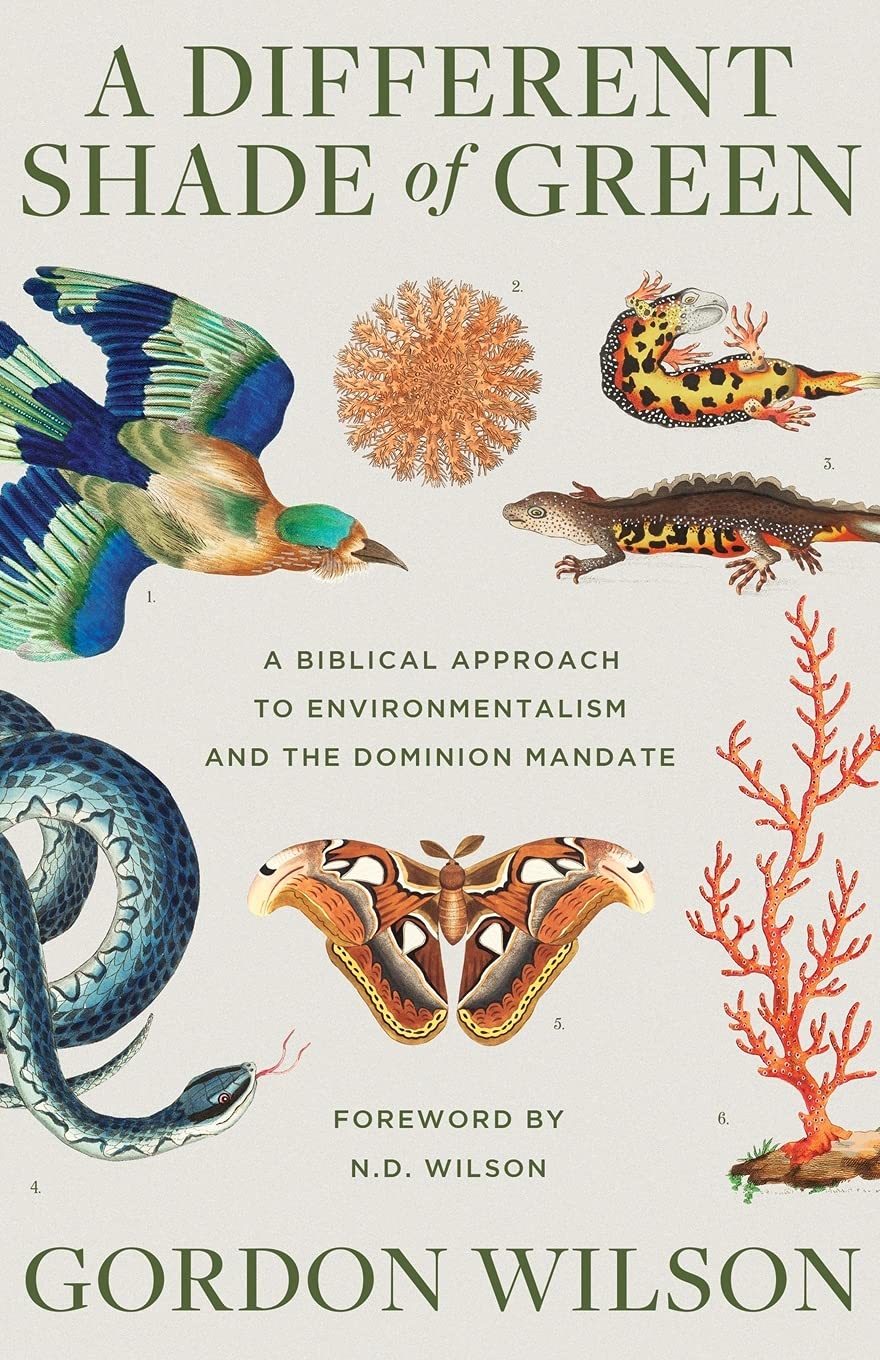Most of us appreciate the word “young”, especially when it is used to describe us. However there is one class of individual that does not particularly like this adjective. These are astronomers. They don’t mind looking young themselves. However they do not want to hear about phenomena in space which appear recent or young. Many astronomers believe that our solar system is billions of years old. There should not be too many phenomena (or any) in space that are of very recent origin.
Asteroids come and go in the solar system. Nevertheless astronomers insist that they are very old indeed. Most people have heard the word asteroid in connection with explanations about dinosaur and other extinctions, but they may not know what these objects are. An asteroid is defined as a small, rocky, planet-like object in orbit about the sun. Tens of thousands are believed to occupy a region between the orbits of Mars and Jupiter. Every so often, for reasons not well understood, one of these bodies approaches or crosses Earth’s orbit. These are the asteroids which are best known to us.
The asteroid called Eros was first observed on August 13, 1898. This body is 34 km long and about 13 km wide. Shaped something like a potato, this strange object rolls end over end in a process which takes 5 hours 17 minutes. At the present time, Eros is about 313.6 million km from Earth. However in February of 1931, this object passed within 23 million km of our planet. Because some asteroids have been discovered unexpectedly close to Earth, astronomers have paid a lot more attention to them in recent years. One asteroid called 1989FC passed within 800,000 km of us on March 23, 1989. This was considered a near-miss. Then in 1996 another asteroid, dubbed 1996JA1, was spotted just four days before it whizzed past Earth, only a hairbreadth away (by astronomical standards) at 450,000 km. Perhaps 0.5 km across, it was the largest object ever observed to pass that close to us. More than 100 other objects with orbits which pass close to our planet, have also been identified.
Some astronomers suggest that we should be prepared to take defensive action to deflect any asteroid out our of way should such a body appear to be on a collision course with Earth. As a first step in such a program, NASA determined to make a close study of the asteroid Eros. This body was chosen because it is relatively handy. Indeed, Eros cuts moderately close to our orbit during its 642 day travels about the sun. Up to the present time spacecraft have approached a total of six asteroids. Each has appeared to be very different from the others both in overall appearance and in texture. In general, some appear to be solid rock while others appear to be dust and rocky debris. The variety of descriptions makes it difficult to speculate on natural processes which might have spawned these objects. The larger the number of explanations that are needed to explain diverse characteristics, the less convincing these explanations become. In any case there is nothing like first hand observations. Thus it was on February 17, 1996 that the Near Earth Asteroid Rendezvous spacecraft (NEAR) was launched.
This robot had been built in the “faster, better, cheaper” mode. About the size of a car, it carried only 6 scientific instruments — but these would be ample to obtain good information. In June 1997 NEAR flew past the asteroid Mathilde. This object, with an average diameter of 52 km, was found to be extremely black, uniform in composition and deeply cratered. Then NEAR headed back towards Earth. In January 1998 the robot whipped past Earth and in so doing it adjusted its orbit towards Eros. The rendezvous was scheduled to take place in January 1999. However a near catastrophe occurred in December 1998 and the January plans had to be canceled. For another year NEAR and Eros would circle the sun in their separate orbits until another point of closer approach again occurred. Then on February 14 (chosen since the name Eros means god of love), NEAR finally settled into an orbit about the asteroid. The initial orbit was 320 km above the rock, but the spacecraft would gradually move closer as the year progressed.
Finally on February 12, 2001, NEAR gingerly descended at about 6 km per hour right onto the surface of the asteroid. This was an astounding achievement since the spacecraft had not been specifically built to land. The idea had however previously crossed the minds of the mission directors. But the interesting thing is that this remarkable achievement left the scientists more mystified about this rocky object than they were before the study had taken place.
So what did we learn about Eros? The landscape is bright gray and dotted with boulders and craters. There is no air or water on Eros and the force of gravity is a mere one one thousandth of that here on Earth. That means that there are no processes know to exist there which could move debris around and cause it to settle in new places. Thus the surface of Eros was expected to be highly cratered and in many places it is. However four months ago some unexpectedly smooth areas were observed. But the spacecraft was still fairly far way. Would a closer approach reveal the same thing? As Eros descended on February 12, it snapped two photographs per minute. Interestingly the strangely smooth condition of some surface areas still was evident. In its best photographs, the NEAR probe was able to distinguish objects as small as a golf ball. Thus there is no doubt that the areas in question are indeed smooth.
This situation is cause for concern, so the newspapers report. The consternation of the scientists stems from the fact that they know of no process which could make formerly cratered areas on Eros look smooth. Since their estimate of the age of this object is on the order of billions of years, there should be craters everywhere (assuming that such impacts are separated by intervals millions of years long.) Erosion could rework cratered areas and make them appear “young” but such processes don’t appear possible on so small a body as Eros.
The matter will soon blow over. The object in space is small and far away. Few people among the general public care what this asteroid looks like. The implications, if any, of this unexpected appearance, will be ignored, forgotten or explained away. But it’s fun to take note of the consternation, and the reason for it. We will no doubt hear more about other asteroids in the days ahead. And we will notice any surprise observations.
M.J. Masters
April 2001
Subscribe to Dialogue







